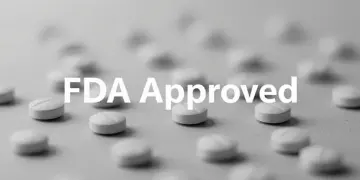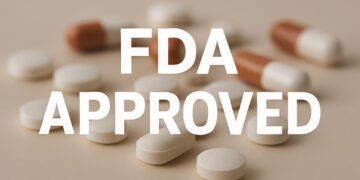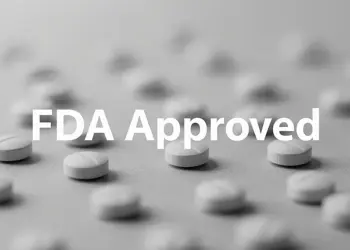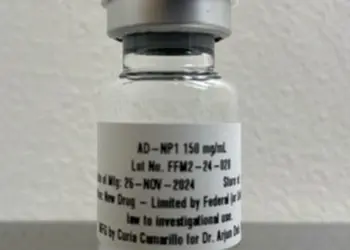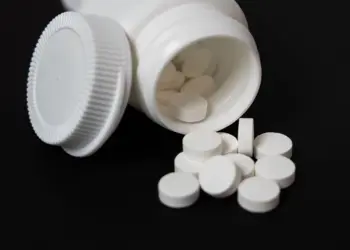Determining the value of a medicine may be a challenging task. To put it another way, how much is the value of a patient’s life? Adding real-world data to the standard equation in order to provide a more focused lens on health equity is the subject of a recent analysis that was published by the consulting company Milliman. This paper investigates a new measure that can be used to estimate the worth of a medicine.
The “quality-adjusted life year,” also known as QALY, is the approach that is now considered to be the standard way for determining the cost effectiveness of a medicine. This method is used by the national NICE program in the United Kingdom and the watchdog group ICER in the United States. One quality-adjusted life year (QALY) is the same as one year of a patient’s life that is spent in excellent health as a result of the use of a medication. In order to quantify the number of quality-adjusted life years (QALYs) that a medicine provides to patients, these organizations assemble clinical data and put a monetary value to that benefit.
There are certain flaws in the system. Putting a value on the lives of patients overlooks a great number of other considerations, yet in a healthcare environment that requires monetary remuneration, no system could possibly be able to do so. There is no one patient who is in the same state of good health.
Taking the quality-adjusted life years (QALY) one step further, Milliman’s new approach, which is dubbed standard of living value, or SoLV, incorporates real-world data that takes into consideration not just the clinical benefit of a therapy, but also other aspects of a patient’s life that contribute to health outcomes. In contrast to the QALY technique, the SoLV equation takes into account differences in health across individuals.
Using the SoLV framework, Milliman said in the research that was commissioned by the Alliance for Aging Research that medicines for illnesses that have more disparities in health outcomes due to socioeconomic variables would provide higher values, provided that all other parameters remain the same. This technique makes use of the vast amount of data that is available in the real world on income, social determinants of health, and outcomes.
Having a lack of success
According to the Milliman study, quality-adjusted life years (QALYs) have been the predominant technique of assigning value to a medicine for more than thirty years. They are also used to make judgments about benefit coverage and to compare various medical treatments to one another.
It is important to note that the conventional method of integrating quality of life and life length into a single measure has some limitations, especially in relation to those who have impairments. Furthermore, this method does not discriminate between interventions that are long-lasting and those that have superior short-term benefits. Milliman makes the point that additional measures have been devised to take into consideration persons with impairments in order to avoid underestimating the worth of a patient’s life or the value of their life.
And when it comes to price negotiations by the United States government, such as the Medicare bargaining program under the Inflation Reduction Act, QALYs are not employed because of the impression that patients who are old, crippled, or terminally sick are not given as much weight as other patients. Because of these constraints, vital information is prevented from falling into the hands of the government and is not available for negotiation.
Because of this, Milliman suggests using data from the real world as a more effective guide for determining cost effectiveness, which goes beyond what occurs in the context of a controlled experiment. A new cancer therapy, for instance, could be able to dramatically prolong the lives of patients in a clinical trial; yet, it might be less successful in conditions where resources are more limited, such as in rural areas or in settings with lower incomes.
In addition to the results of the first randomized controlled trial, the study said that real-world data that is gathered after medicines have been introduced to the market may give further insights on the therapy. The use of [real-world evidence] becomes a significant resource when the purpose of value assessment is to give direction about which health policy changes will result in better results in the actual world.
The SoLV technique might provide an alternative approach to evaluating the value of drugs in situations when QALYs are inadequate. This approach takes into consideration a variety of characteristics, including income, education, housing, nutrition, family support, and leisure activities, all of which are significant contributors to overall health.
Additionally, when a treatment is used to treat a disease that is significantly different across two groups of individuals, this is taken into consideration when determining the value of the therapy. According to Milliman, an example would be a heart attack. According to data collected from the real world, the rate of heart attacks is significantly higher in patients with lower incomes than in those with higher incomes. As a result, if a drug is shown to be effective in reducing the risk of heart attacks in clinical trials, then that drug is actually more beneficial for families with lower incomes, given the higher rate. Therefore, the difference is included into the Equation of the SoLV.
The SoLV technique, much like the QALY method, determines the recommended price of a medicine based on the value of the drug, although Milliman stresses that value does not imply price. This is because the SoLV method takes into consideration all of these criteria.
Adina Lasser, public policy manager at the Alliance for Aging Research said the new method is long overdue.
The National Council on Disability and the patient advocacy community have exposed the problems of quality-adjusted life years (QALYs), but all that we have heard from health economists are modifications to the fundamental QALY framework, Lasser said in a statement, stressing that Medicare could utilize SoLV in pricing negotiations. They now have a framework that is not reliant on QALYs, alternatives that are similar to QALYs, or the shortcomings of these alternatives. Patients benefit from the use of SoLV because it allows them to get to the heart of what is important to them. This is accomplished by adding data and other factors that are reflective of their actual experiences with the healthcare system.
These equations give a baseline for a reasonable place to begin talks about medication costs and the value that pharmaceuticals provide to patients. There is a lot of controversy around drug prices and the value that drugs provide to patients. And despite the fact that there is no cost-effectiveness framework that can precisely contain all of the subtleties of a particular treatment as well as the requirements of a patient, bringing a plethora of information from the real world to the table might be one place to begin.



